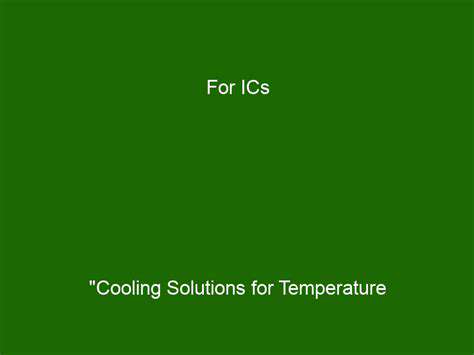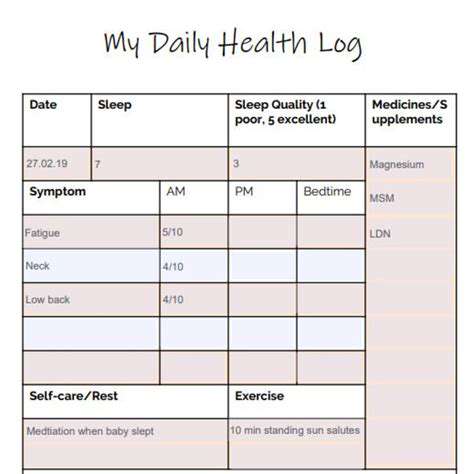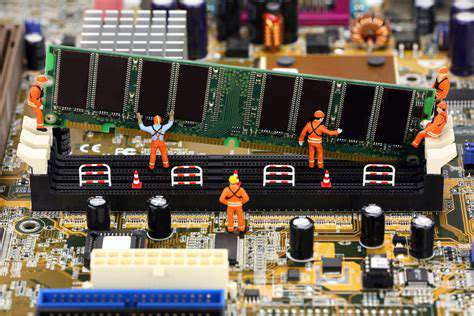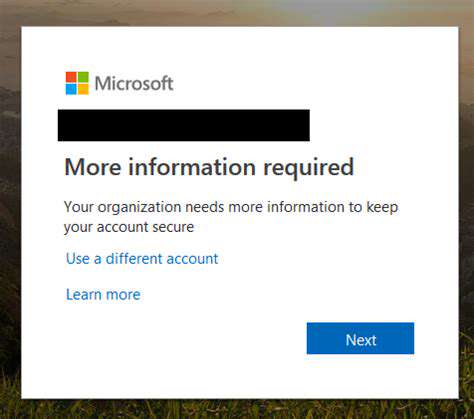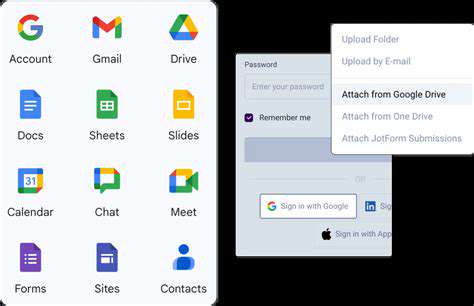Guide to Setting Up a Multi Monitor Gaming Rig
Choosing the Right Monitors for Your Setup
Choosing Based on Resolution and Refresh Rate
Selecting the right resolution and refresh rate is crucial for a smooth and immersive gaming experience. Higher resolutions, like 1440p or 4K, offer a more detailed image but can strain your system if not paired with a powerful enough graphics card. Consider your current hardware capabilities and the games you intend to play when making this decision. A higher refresh rate, like 144Hz or 240Hz, drastically improves responsiveness, reducing motion blur and input lag, which is essential for fast-paced games. Finding the sweet spot between resolution, refresh rate, and your budget is key to maximizing your gaming setup.
Think about the types of games you play. If you primarily play strategy games, a higher resolution might be a significant upgrade in detail. If you're a competitive FPS player, a higher refresh rate is paramount for a competitive edge. Balancing these factors will help you determine the ideal monitor specifications for your needs.
Considering Panel Type and Response Time
Different monitor panels, such as TN, IPS, and VA, each offer varying strengths and weaknesses. TN panels typically offer the fastest response times, ideal for fast-paced games, but often at the expense of color accuracy and viewing angles. IPS panels provide wider viewing angles and more accurate colors, making them suitable for tasks requiring color precision, as well as for general use. VA panels often strike a balance between response time and color accuracy, offering a good middle ground.
Response time is another critical factor. Lower response times translate to less motion blur and smoother visuals, especially important in fast-paced games. This is where the panel type plays a crucial role; some panels are inherently faster than others. Knowing your needs and the types of games you intend to play will help you choose the right panel type for your gaming setup.
Ergonomics and Viewing Comfort
A good gaming setup isn't just about the monitors themselves; ergonomics and viewing comfort are essential for a long-term gaming experience. Consider the height adjustability and tilt options of the monitors to ensure a comfortable viewing position. Adjusting the height of the monitors to maintain a natural eye level and a neutral posture can significantly reduce neck and eye strain during extended gaming sessions. Proper monitor placement and distance are crucial for maintaining a comfortable viewing experience.
Beyond the monitors themselves, consider the overall setup. A comfortable chair with adequate lumbar support, proper desk ergonomics, and sufficient lighting can all contribute to a more enjoyable and productive gaming experience. The goal is to create a setup that allows you to play for hours without experiencing discomfort or fatigue.
Budget and Compatibility
Your budget plays a crucial role in choosing the right monitors. High-end monitors with advanced features like high refresh rates and ultra-wide resolutions can come with a substantial price tag. Researching different models and comparing features within your price range is essential. Understanding your budget early on will allow you to narrow your search and focus on monitors that offer a good balance of performance and cost.
Ensure that the monitors you select are compatible with your existing hardware. Check compatibility with your graphics card, display port, or HDMI connections. Incompatibility can lead to connectivity issues and hinder your gaming experience. This step is often overlooked but is crucial for a seamless setup.
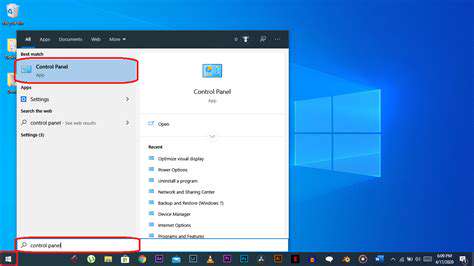
Setting Up Your Multi-Monitor Layout
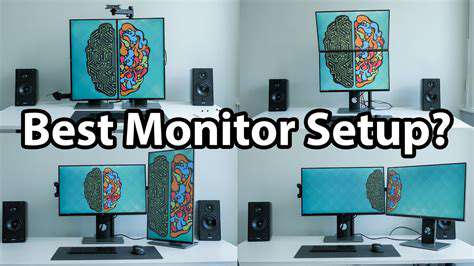
Optimal Monitor Arrangement for Productivity
A well-organized multi-monitor setup can significantly boost your productivity by streamlining workflows and minimizing distractions. Strategic placement of applications and windows ensures a seamless transition between tasks, reducing the time spent searching for information or switching between programs. This optimized layout can free up mental energy, allowing you to focus on the task at hand. Properly utilizing multiple monitors eliminates the need for constant window resizing and minimizes the clutter typically associated with single-monitor setups.
By carefully considering your typical workflow and the applications you use most frequently, you can tailor your monitor arrangement to enhance efficiency. Consider the natural flow of your work, placing frequently used programs on readily accessible monitors. This reduces the time spent navigating between windows and increases your overall efficiency.
Choosing the Right Monitor Resolution and Refresh Rate
Selecting the appropriate resolution and refresh rate is crucial for a smooth and immersive multi-monitor experience. High resolution ensures sharp visuals, while a high refresh rate minimizes screen tearing and stuttering, leading to a more fluid and responsive display. This combination creates a more enjoyable and productive work environment. Experiment with different resolutions and refresh rates to find the optimal settings for your specific needs and preferences.
Remember to consider the capabilities of your graphics card and the overall quality of your monitors. Incorporate these factors to ensure your monitors can handle the chosen resolution and refresh rate without performance degradation.
Understanding Your Graphics Card Capabilities
Your graphics card plays a vital role in determining the quality and performance of your multi-monitor setup. It dictates the maximum number of monitors you can use simultaneously and the resolution and refresh rates supported. A powerful graphics card will handle demanding applications and high-resolution displays without any performance hiccups. Understanding your graphics card's capabilities is essential for achieving a smooth and efficient multi-monitor setup.
It is important to research your specific graphics card model to understand its limitations regarding monitor support and performance. This will help you avoid potential compatibility issues and optimize your setup for optimal performance.
Utilizing Display Port or HDMI Connections
Properly connecting your monitors to your computer is essential. High-quality display ports like DisplayPort or HDMI cables are recommended for optimal performance. These connections provide a stable and reliable connection, minimizing interference and ensuring clear visuals. Using these high-quality connections minimizes the potential for image quality degradation and ensures a seamless connection to your monitors.
Consider the length of the cables to ensure they won't limit your monitor placement options. Choosing the right cable type and ensuring proper connections are critical for a stable and smooth multi-monitor setup.
Arranging Applications Strategically
Organizing your applications across multiple monitors is a key aspect of maximizing productivity. Place frequently used programs or applications on the most easily accessible monitors. This significantly reduces the time spent searching for files or switching between applications, allowing for a more efficient workflow. This strategic arrangement of applications reduces cognitive load and increases your overall productivity. Consider your daily tasks and how you can optimize the positioning of your apps to minimize the need for extensive screen navigation.
Customizing Your Desktop Environment
Using desktop customization tools is a great way to tailor your multi-monitor setup to your specific needs. Consider using specialized software to arrange windows efficiently, or create custom layouts for different tasks. These tools can greatly improve your efficiency. There are many free and paid options available, and exploring these tools will allow you to further optimize your workflow and productivity.
Experiment with different layouts, and find the one that best suits your workflow. Customize keyboard shortcuts to quickly switch between applications on different monitors. This will help to refine your productivity.
Troubleshooting Common Issues
Occasionally, issues may arise with your multi-monitor setup. Common problems include monitor flickering, screen tearing, or display errors. Troubleshooting these problems can be resolved by checking your cable connections, updating your graphics card drivers, and ensuring your monitors are compatible with your graphics card. If issues persist, consult online resources or seek assistance from a tech professional.
Careful attention to detail and a systematic approach to problem-solving will help you rectify any issues and maintain a smooth and productive multi-monitor experience.
Connecting Everything and Testing Your Setup
Understanding Your Hardware
Before you even think about connecting your monitors, take a good look at the video output options on your computer and the input options on your monitors. Understanding the ports available – whether it's HDMI, DisplayPort, or VGA – is crucial. Knowing the specifications of your graphics card and the monitors will help you determine the best connections and ensure compatibility. Mismatched connections can lead to display issues and frustration.
Also, check the resolution and refresh rate capabilities of each monitor. Different monitors have different specifications, and you need to ensure your graphics card can output the desired resolution and refresh rate without compromising performance or causing visual artifacts. Knowing these specifications beforehand will save you time and effort during the setup process.
Choosing the Right Cables
High-quality cables are essential for a stable and reliable connection. Using cheap or damaged cables can lead to signal loss, flickering, or even complete display failure. Invest in reputable brands and ensure the cables are compatible with your hardware. Consider the length of the cables needed to position your monitors effectively without compromising the connection quality.
Different cables support different resolutions and refresh rates. Make sure the cable you choose supports the resolution and refresh rate you want to use. Using the wrong cable can cause problems with image quality or even prevent the monitors from displaying at all.
Connecting Your Monitors
Carefully connect each monitor to your computer using the appropriate cables. Double-check the connections to ensure a secure fit. Incorrect connections can result in a lack of signal or a distorted picture. Pay close attention to the labeling on the ports and the cables to avoid misconnections.
If you have multiple monitors, make sure you connect them to the correct video output ports on your computer. Different video outputs might handle different monitors at the same time. Experimenting with different connections can help you discover the ideal configuration for your setup.
Configuring Your Display Settings
Once you've connected all your monitors, you'll need to configure your display settings in your operating system. This usually involves selecting the correct display arrangement (mirroring, extending, or other options). Understanding these settings is critical to maximizing the functionality of your multiple monitors.
Different operating systems have slightly different display settings. You may need to adjust the resolution, refresh rate, and color settings for each monitor. Experiment with different settings to find the best configuration for your needs. A well-calibrated display will provide an optimal visual experience.
Testing for Visual Artifacts
After configuring your display settings, thoroughly test your setup to ensure there are no visual artifacts, such as flickering, ghosting, or tearing. These issues can be frustrating and even cause eye strain. Pay close attention to the overall image quality on all your monitors.
Run demanding applications or play games to stress test your setup and identify any potential issues. This will help you identify and resolve any problems early on, ensuring a smooth and efficient multi-monitor experience. A properly functioning setup is critical for productivity and entertainment.
Optimizing for Performance
Optimizing your performance is critical for a smooth multi-monitor experience. This involves managing the resolution, refresh rate, and the application scaling of your monitors. Ensure that your graphics card is powerful enough to handle the demands of multiple monitors and the applications you intend to run.
If you encounter performance issues, consider adjusting the resolution and refresh rate settings to find a balance between image quality and performance. Using different resolutions and refresh rates on different monitors might provide the best performance balance. Experimentation is key to finding the perfect setup.
Troubleshooting Common Issues
Troubleshooting any display issues is essential to maintaining a functional multi-monitor setup. Common problems include no signal, flickering, or distorted images. Start by checking the connections and ensuring that all devices are properly powered.
If issues persist, consult the documentation for your computer and monitors, or seek online resources for specific solutions. Experimenting with different settings and restarting your computer can often resolve these issues. Proper troubleshooting can prevent significant frustration and allow you to enjoy your multi-monitor setup.
Read more about Guide to Setting Up a Multi Monitor Gaming Rig
Hot Recommendations
- Review: The New [Specific Brand] Smart Lock Is It Secure?
- Best Budget Studio Monitors for Music Production
- Top Flight Simulation Peripherals (Joysticks, Throttles, etc.)
- Top Portable Scanners for Document Management On the Go
- Reviewing the Latest Smart Air Purifiers for Your Home
- Best Portable Photo Printers for Travelers and Memory Keepers
- The Future of Personal Transportation Beyond Cars (Hyperloop, eVTOL)
- Top Network Monitoring Tools [Free & Paid Options]
- Understanding the Tech Behind mRNA Vaccines [A Look Inside]
- Guide to Choosing the Right Gaming Chair for Ergonomics

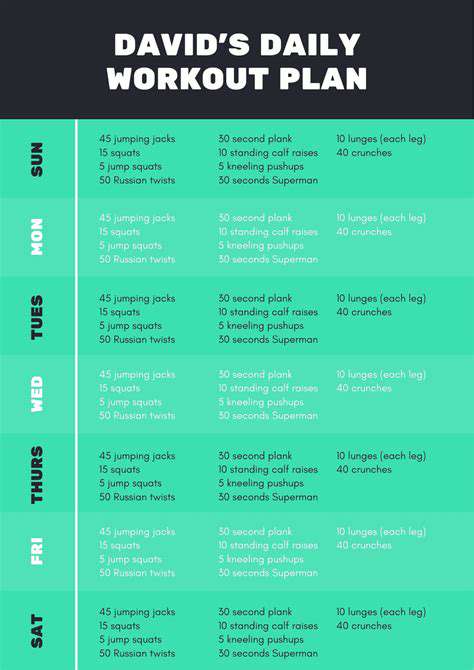


![How to Use [App] for Digital Journaling and Reflection](/static/images/25/2025-07/CreatingEngagingJournalEntrieswith5BApp5D.jpg)
![How to Use [Software] for Creating Professional eBooks](/static/images/25/2025-07/OptimizingYoureBookforReadabilityandAccessibility.jpg)

